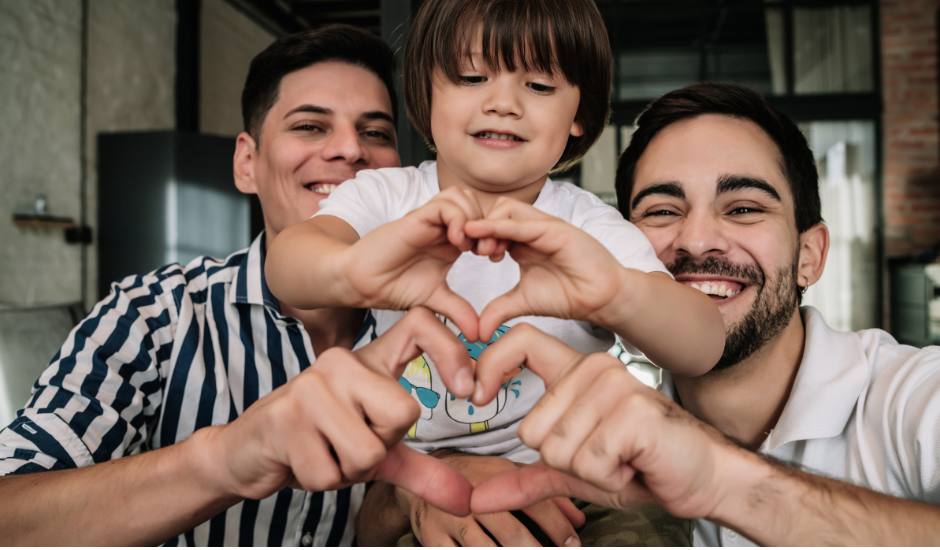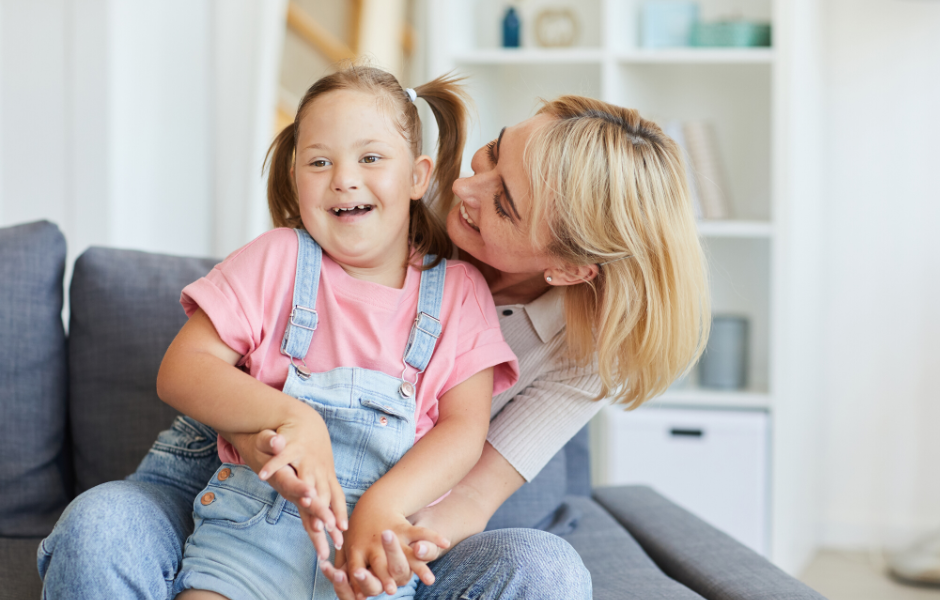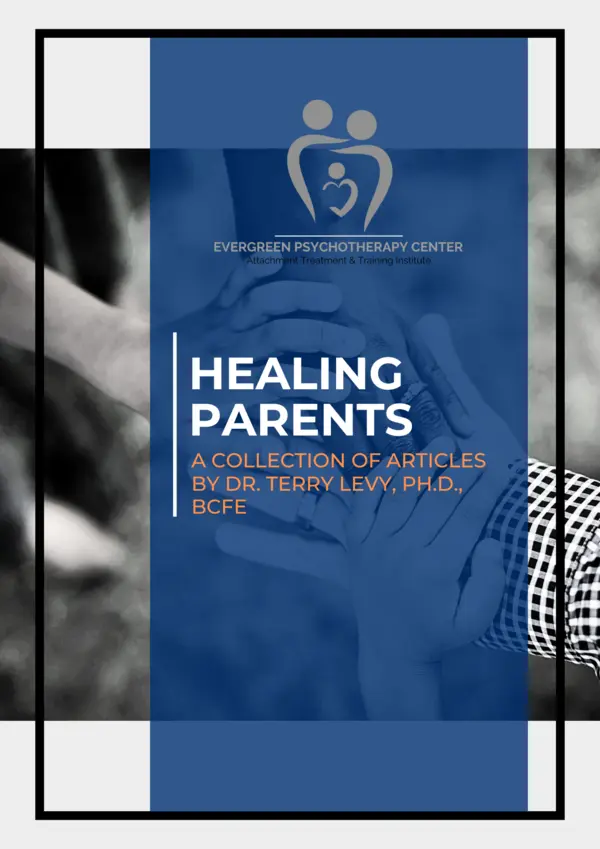Our treatment
Our services
Our treatment program — called Corrective Attachment Therapy — and parenting program — called Corrective Attachment Parenting — are firmly grounded in basic theories, principles and research. These key elements of our treatment philosophy inform our work with children, adults, couples and families:
We focus on family systems
The child, parents and other family members must be understood in the context of the systems that influence their lives. Our focus is on previous and current family systems — and on external systems, such as social services, extended family, social networks and community resources. The systems model concentrates on the behavior of family members as they interact in ongoing and reciprocal relationships, and on the family as it interacts with external social influences. Family members affect one another, and each person’s behavior serves both as a response and a trigger. For example, a child who enters an adoptive family with an attitude of hostility may trigger an angry and punitive response from adoptive parents. This parental response reinforces the child’s belief that all caregivers are hostile and rejecting. Hostility and rejection become mutually reinforcing in this child-parent relationship. Thus, interventions must focus on both the individual and the social systems in which he or she functions.
We focus on interpersonal neurobiology
In-utero and early-attachment experiences and relationships significantly affect the wiring of the developing brain and affect people for life. Lack of secure attachment and exposure to traumatic stress trigger an alarm reaction affecting the brain’s neurobiology and the central nervous system. Traumatized children have impaired wiring in the brain’s limbic system and altered levels of stress hormones. The results are often anxiety, depression, and self-regulation problems. Effective treatment and parenting can repair the limbic system and reduce the biochemistry of stress.
We ground our therapy in attachment theory
Early attachment relationships set the foundation for the rest of our lives. Attachment is at the core of our beliefs, emotions, behaviors, relationships, and morality. Effective assessment, treatment and parenting hinge on understanding healthy and disrupted attachment. Facilitating secure attachment with children and adults involves the establishment of healing relationships, which include trust, empathy, safety, dependability, appropriate boundaries and limbic resonance.
We seek to understand exposure to trauma
Abuse, neglect, and compromised attachment are traumatic experiences that cause psychological, social, behavioral, and biological distress. Trauma results in anxiety, depression, dissociation, shame, the stress response (fight, flight, freeze), and long-term health problems. Effective treatment depends on understanding developmental trauma and Post-Traumatic Stress Disorder (PTSD) to ameliorate the effects of trauma on self-concept, attachment styles, self-regulation, core beliefs and depression. We invite you to learn more about the neurobiology of trauma.
We maintain a developmental perspective
Child development consists of a series of stage-relevant tasks that are essential for learning and lead to mastery of subsequent developmental tasks over time. The most important task of the first year of life is the establishment of secure attachment, resulting in the mastery of important skills and competencies, including trust, self-confidence, positive relationships, optimistic attitude, resiliency and success. The emotional and cognitive stage of a child at the time of interpersonal trauma determines the reaction and consequences. The developmental stage of the child at the time of treatment dictates the type of interventions used. Further, treatment is sequential and developmental; creating a therapeutic foundation, setting and achieving goals, mastering skills, and integrating healing experiences.
Our approach is integrative and holistic
Assessment and intervention happen on all relevant levels of the human experience — including the emotional, cognitive, social, physical, behavioral, moral and spiritual. This orientation assumes all of these dimensions are interconnected. Behavioral change leads to alteration in meaning and beliefs; cognitive changes produce alterations in actions and choices; relationship change brings about rewiring of the brain and reduces stress; emotional security fosters academic achievement. Mind affects body, and body affects mind. Interventions are didactic, experiential, skill-based, systemic, biological and community-oriented.
We focus on experiential change
Recovering from PTSD, rewiring the brain, developing secure attachment, learning constructive coping skills and changing core beliefs are best achieved through positive experiences with significant others. These “others” include therapists, parents, siblings, extended family, and teachers. Effective treatment employs change-producing mental, emotional and interpersonal experiences in a safe, sensitive, supportive, and consistent manner. Healing parents realize the experience of a positive relationship with their children is the primary vehicle for change. The process of change is primarily experiential, requiring active participation and genuine involvement on the parts of children, parents, families, and therapists.
We focus — and build — on the positive
Therapy is strength and competency-based. All family members have resources and strengths the must be identified and encouraged. It is helpful to focus on “what is right” and build upon that, and not to focus only on “what is wrong.” For example, although it is necessary for children to deal with previous traumatic experiences as part of the healing process, it is equally important to build on the child’s strengths and teach skills that foster a sense of mastery and hope. Therapists and parents must be aware of becoming frustrated, overwhelmed, and pessimistic. It is crucial to remain calm, positive, use a language of hope, and communicate an expectation of success. Positive psychology teaches that resilience, recovery, and post-traumatic growth following trauma are associated with several factors: hope, sense of meaning and purpose, positive emotions, social support, acts of kindness, and internal locus of control (“I can create change.”).
Our treatments are rooted in theory and current research
Treatment is based on a variety of theories and paradigms. The underpinnings of the current model are trauma theory (Post-Traumatic Stress Disorder, neurobiology of stress and trauma); family systems theory (dynamic, structural, strategic approaches); attachment theory and research (internal working model, developmental research, disorganized-disoriented attachment, parent-infant bonding); experiential therapy (affective expression, process orientation); cognitive-behavioral treatment (cognitive rescripting, developing coping skills); psychoanalytical theory (object relations); and positive psychology (signature strengths, resilience). Current research findings are incorporated into the treatment methods and procedures in order to bring about safe and effective outcomes.
We focus on finding solutions
The primary goal of treatment is positive change—new choices, perspectives, options, behaviors, coping skills, and relationships. Every aspect of treatment is oriented towards the growth and evolution of the child and family. It is crucial to have a conceptual framework that defines the process of change. Our theoretical framework is revisit, revise, and revitalize. This framework provides a structure for determining therapeutic goals and methods during the course of treatment. Specific goals for the treatment of child and family are determined. A four-step model guides treatment interventions: assess → set goals → intervene (method) → reassess. All methods are based on specific goals for the child, parents, family system, and larger social network (e.g., extended family, community, and agency support).
We are culturally sensitive
Behavior, as well as the personal meaning of events, varies depending on cultural background and tradition. The therapist must be aware of the cultural orientation of the child and family, and be careful not to project his or her own cultural biases, perceptions, or beliefs on those individuals. The therapist communicates acceptance and respect for the cultural beliefs and traditions of each family member. Therapists and parents must understand and respect the diversity of beliefs and practices of different ethnic, racial, and cultural groups.





